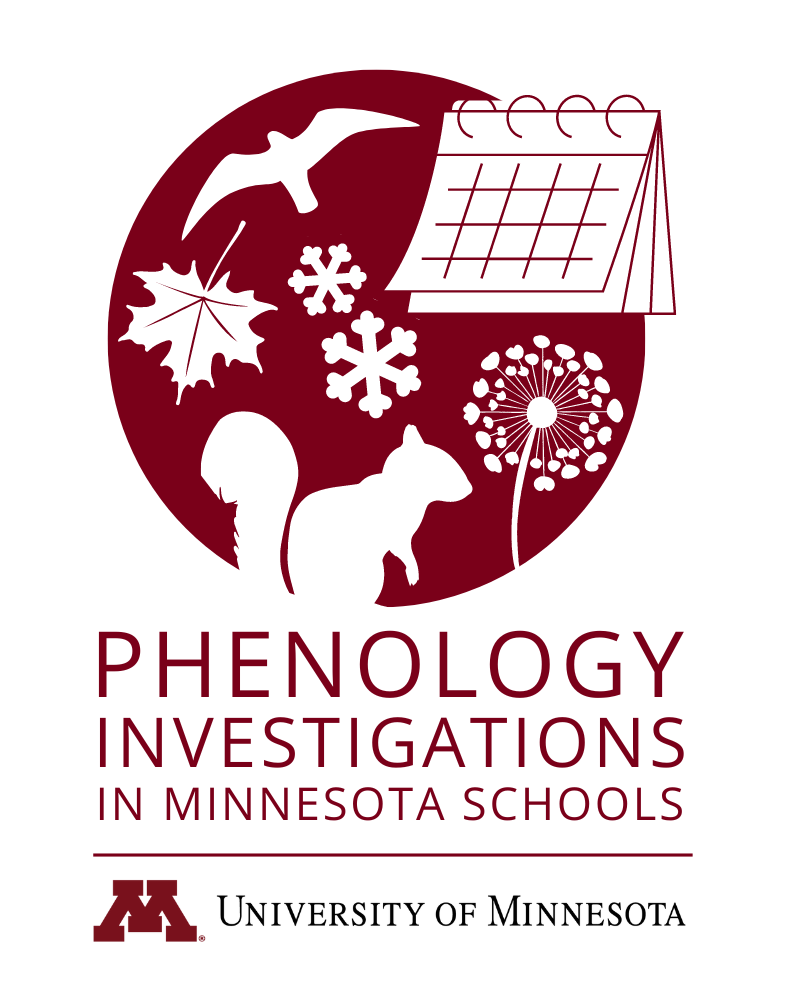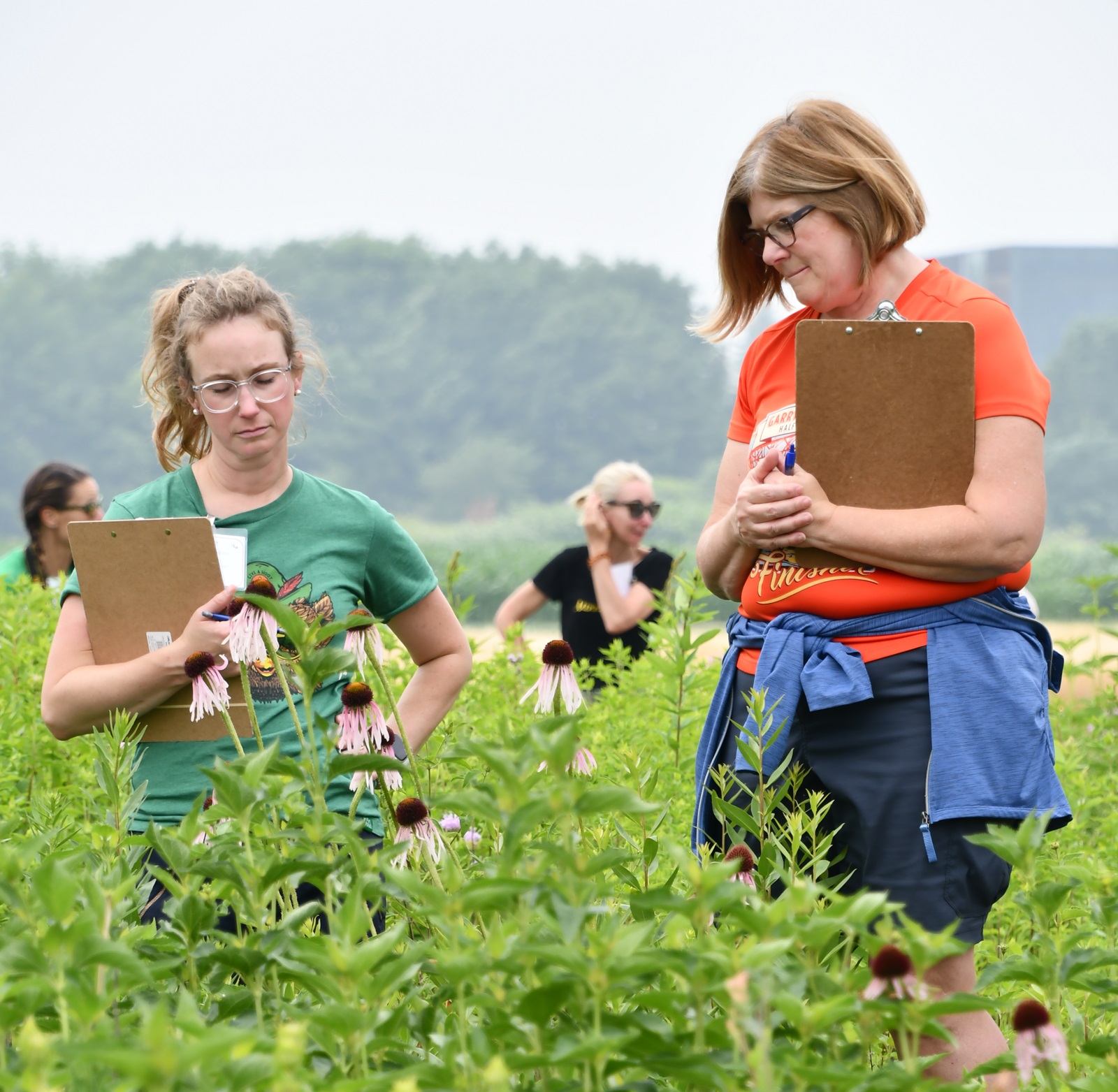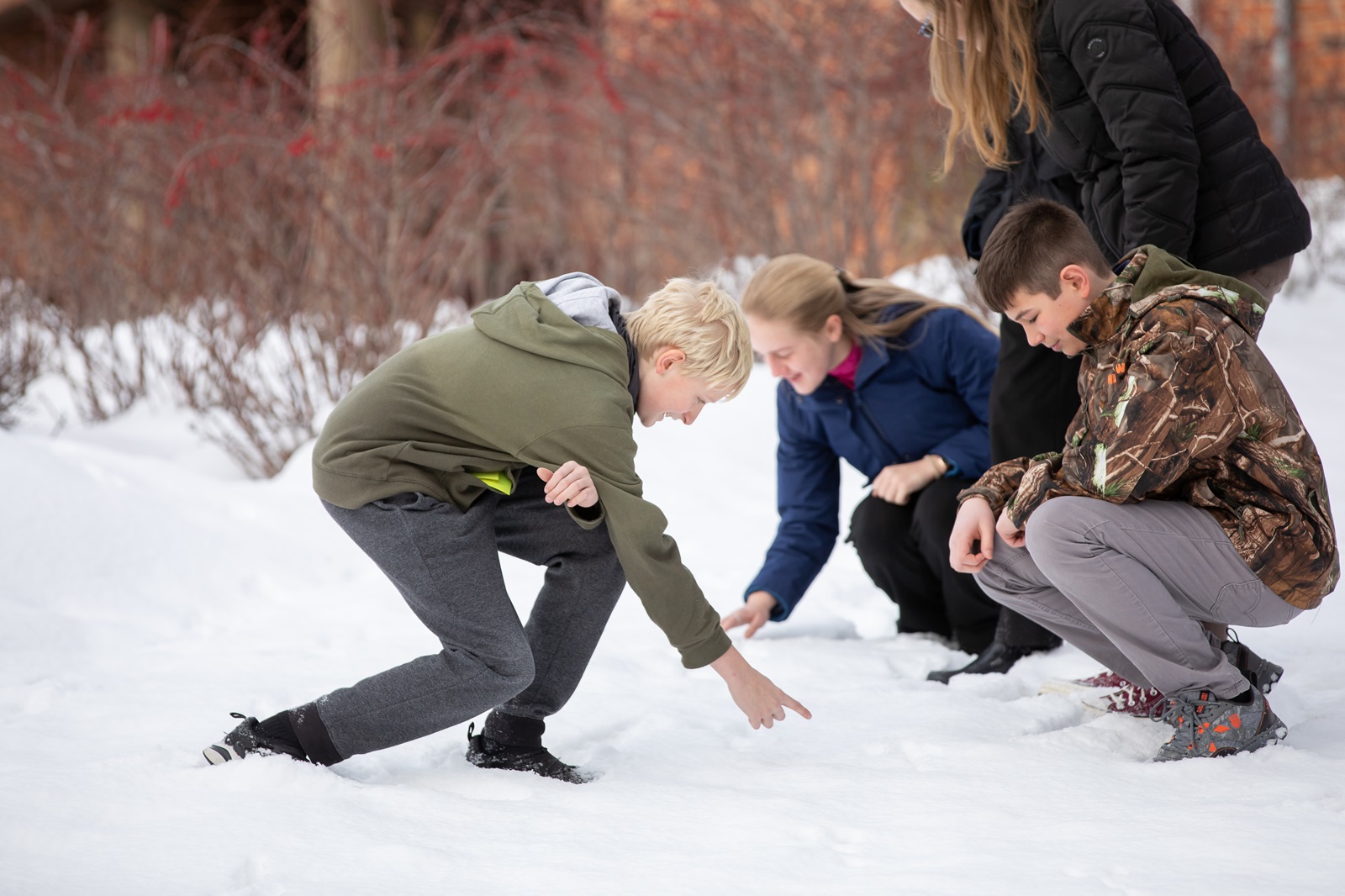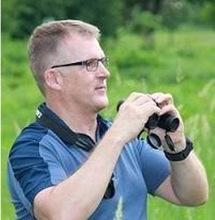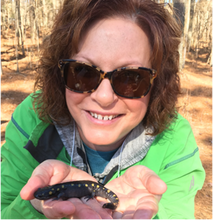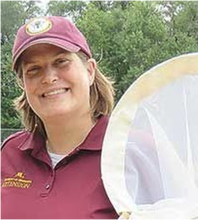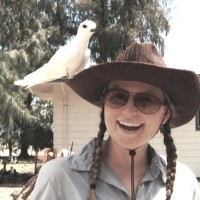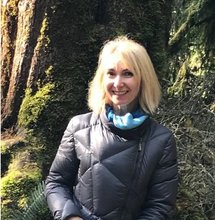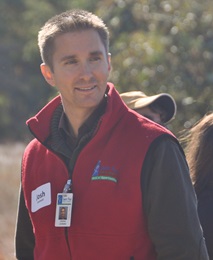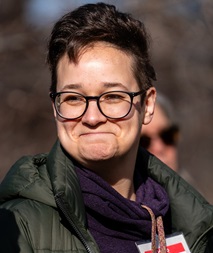Free Professional Development Workshop
For teachers in Minnesota, grades 6-12 science and agriculture
Help students build a deep understanding of phenology and climate change by participating in Phenology Investigations in Minnesota Schools (PIMS). This year-long professional development experience provides curricula, resources, and activities to support standards-based instruction throughout the academic year in grades 6-12 science and agriculture classrooms. PIMS workshops, which are jointly led by phenology experts and trained lead teachers, have a special emphasis on engaging teachers in Greater Minnesota.
Pending funding approval by Minnesota Legislature in May 2024
Funding for this project was provided by the Minnesota Environment and Natural Resources Trust Fund as recommended by the Legislative-Citizen Commission on Minnesota Resources (LCCMR).
Notice that each cohort lasts about one year, and that the location you choose affects the timing of your commitment.
Learning with PIMS
PIMS cohorts differ by location but are the same in content and structure.
Four seasonally-themed weekend sessions prepare you to teach phenology throughout the academic year. All sessions include a naturalist hike, nature journaling, and a mini investigation. Woven throughout the experience, you will have structured time and guidance for planning how you will teach phenology in your classroom (your implementation plan).
Seasonally-specific content includes:
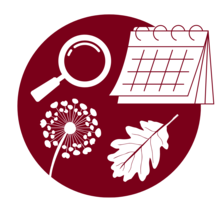
Session 1
Summer
Introduction to phenology
Tree identification
Plant phenophases
Introduction to data and Nature’s Notebook
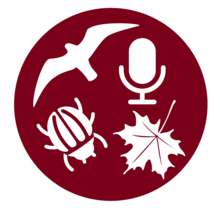
Session 2
Fall
Bird phenology
Fall tree phenology
Insect & invertebrate phenology
Student phenology radio reports
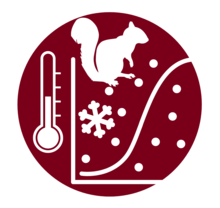
Session 3
Winter
Mammal phenology
Animal tracks
Phenology and climate change
Long term phenology data analysis project
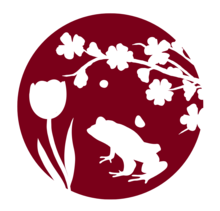
Session 4
Spring
Flower phenology
Spring tree phenology
Amphibian & reptile phenology
Present scientific posters on climate data
Goals for educator-participants
- Grow and deepen your understanding of phenology and seasonal changes in Minnesota and how these changes relate to climate
- Design a phenology-focused scientific investigation using inquiry-based models tied to Minnesota Science Standards
- Develop skills for engaging students in phenology research, community science, and the process of science
Benefits
- Curriculum materials and field supplies ($200 value)
- $1,600 stipend ($200 per workshop day)
- One free University of Minnesota graduate credit (optional)
- Ongoing support throughout the school year for implementation of curriculum
- Free meals at sessions
- Saturday lunch, Saturday dinner, and Sunday lunch are provided for everyone
- Sunday breakfast is provided for participants staying onsite
- Free lodging at sessions
- For the summer session, all participants must stay onsite Saturday night.
- For the other three sessions, staying overnight is optional, and participants who live nearby may opt to drive back and forth.
Participants must meet requirements (see below) to receive benefits.
Resources
- Driven to Discover curriculum by University of Minnesota Extension
- STEAM and arts-infused lesson plans, activities, and materials for nature journaling
- Field supplies to help implement PIMS curriculum with students
- Guidance using Nature's Notebook to do community science
- Guidance using the Season Watch website to support student learning
Requirements
- Attend all four workshop sessions. See each cohort's page for dates and other details:
- Cohort 1 (Palisade 2024-2025)
- Cohort 2 (Lanesboro 2025-2026)
- Cohort 3 (Spicer 2026-2027)
- For the summer session only, all participants must stay onsite Saturday night.
- Work collaboratively with fellow cohort members in activities, discussions, and research
- Collect simple phenology data at or near your school throughout the cohort year (PIMS will show you how)
- Maintain a personal phenology journal throughout the program with regular journal entries
- Meet virtually with cohort members prior to the last workshop (Spring) to work on a group project
- Create and submit an Implementation Plan to incorporate phenology curriculum and activities in your classroom(s) in the future
- Complete an end-of-workshop online evaluation
Apply to PIMS
Sign up for alerts - PIMS Cohorts 2 and 3
Cohorts 2 and 3 are not yet taking applications, but you can sign up for alerts. Cohort 1's application period has closed. For cohort details (dates, venue, how to apply, etc.) see: PIMS Cohort 1, Cohort 2, or Cohort 3.
Rob Blair is an ornithologist, conservation biologist, urban ecologist, wildlife biologist, citizen scientist, and environmental educator. He and his students study how human-dominated landscapes affect native birds including hornbills in the agricultural landscapes of Thailand, turkeys in suburban Saint Paul, and ovenbirds in northern Wisconsin. Currently, he is focusing on bird-building collisions in downtown Saint Paul and Minneapolis. Rob has devoted his career to helping educators use the outdoors in their science teaching. He developed the Minnesota Master Naturalist program, which trains adults to volunteer at nature centers, parks, and refuges. He has helped develop the Driven to Discover citizen science outreach programs for both informal and formal educators.
Lisa Curtis taught middle school life and earth science for 20 years, and loved taking her students outside to investigate nature! She also advised teacher candidates at Bradley University in Peoria, IL. Organizing ecology programs for teachers and their students to instill a love and appreciation for the environment is Lisa's current focus. In addition to PIMS, she has been the program coordinator for Pollinators in the Science Classroom; Driven to Discover: Citizen Science; Pollinator Ambassadors; Outdoor Investigations in the STEM Classroom; Migratory & Urban Bird Institute; North American Monarch Institute; and Advanced Schoolyard Ecology Explorations.
Jennifer Schultz has worked with middle school and high school students in both formal and informal settings as a classroom teacher and as an outreach coordinator for Minnesota Zoo afterschool programming. She also engaged community scientist volunteers in emerald ash borer detection with Wasp Watchers through the University of Minnesota’s Entomology department. She has worked on other U of MN science teacher professional development workshops focused on birds and pollinators. Through PIMS, she is excited to expose learners of all backgrounds and ages to the beauty and intricacies of nature while teaching valuable critical thinking skills.
Abbie Anderson's (she/they) career follows their deep interests in ecology, place-based learning, and art. Their graduate studies in conservation biology at the University of Minnesota examined data on bird-building collisions collected by Audubon Minnesota volunteers. As a staff person at the U, they helped develop Season Watch, an educational website about Minnesota phenology; trained over 100 volunteers to use Nature's Notebook; and led activities for professional development workshops for teachers, such as Driven to Discover and Migratory and Urban Bird Institute. As an artist-phenologist, they created Open Phenology and collaborate in Backyard Phenology. Currently, Abbie coordinates community events at Lakewood, the large, park-like garden cemetery and arboretum located near the chain of lakes in south Minneapolis.
Jolanda Dranchak is a curriculum integration specialist at an arts middle school. She believes that connecting life science with art allows students (and teachers) to engage with flora and fauna more intimately and see their beauty in a very different way.
She is a proud pollinator enthusiast and graduate of the Driven to Discover Citizen Science: Pollinators program. As an outcome of this program, not only did she coordinate the building of a school garden to engage life science students in outdoor learning, but she also has been converting her own backyard into a pollinator-friendly prairie.
David Grack is the Director of Education for the Jeffers Foundation and he also teaches science education courses for several universities and colleges. Previous to these roles he taught middle school life science and high school biology, field ecology, winter biology, fish and wildlife biology, and environmental studies. He enjoys leading outdoor experiences for students of all ages that involve birding, snowshoeing, and canoeing. David designs and leads courses and workshops that help teachers realize the positive impacts of outdoor learning using their school grounds as a classroom while incorporating the use of nature journals. He looks forward to joining the PIMS program and helping participating educators plan for learning experiences that promote outdoor observations and investigations with their students year-round that develop a strong sense of place and connection to their natural community.
Randy Hedlund is a high school science teacher at South High School in Minneapolis. He is an instructor for the University of Minnesota’s Physics by Inquiry as part of the Department of Curriculum and Instruction, and also teaches biology and general physics. Randy is fascinated by matter and energy interactions with a particular interest in integrating environmental concepts into the physics curriculum to broaden scope and make concepts more relevant to students. He promotes science and sustainability by involvement in Quarknet, We Share Solar, Edible Boulevard Gardens, South High Learning Group, and National Sustainability Academic Research Experiences for Teachers. Randy enjoyed participating in several versions of UMN Driven to Discover programs.
Josh Leonard is the Education Director at Belwin where he leads outdoor science programming for 10,000 students in Saint Paul Public Schools annually. Josh utilizes culturally responsive teaching to connect students and teachers to nature as a science classroom. Prior to working at Belwin, Josh taught AP environmental science and biology at Como High School. Josh guided in the BWCAW, taught Spanish at a Waldorf School, and biology in Costa Rica. Josh has also served the National Environmental Education Advisory Council, and the Advisory Board for the Bell Museum. Josh was named Minnesota’s Environmental Educator of the year, MN’s science teacher of the year and received the Alumni Service Award by the University of Minnesota “For increasing access to nature and removing barriers for communities of color.” Josh is a self-proclaimed nature nerd for life and marks the success of each season by how many days he can be out in the woods with his wife and kids.
Charlie Mitchell (she/they) is the phenology coordinator for KAXE radio in Grand Rapids, Minnesota. Through her work, Charlie creates KAXE's Season Watch Newsletter, writes nature-related web stories, and coordinates with K-12 schools throughout the state as part of KAXE's Phenology in the Classroom program. Participating classes get outside each week to make observations about seasonal changes: they then record an audio report, which is aired on Tuesday morning for KAXE's staff phenologist, John Latimer, to provide his insights and feedback.
With a background in ecology and evolutionary biology, Charlie enjoys learning a little bit about everything, whether it's plants, mushrooms, aquatic invertebrates, or the short-tailed shrew (did you know they can echolocate?). Outside of work, she enjoys floating down the St. Croix River, admiring wildlife, and annoying hiking companions by stopping every three feet to get a closer look at a new plant. Her favorite month is May.
